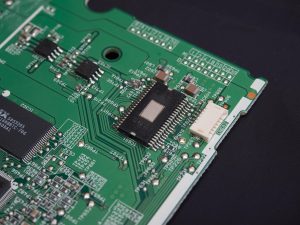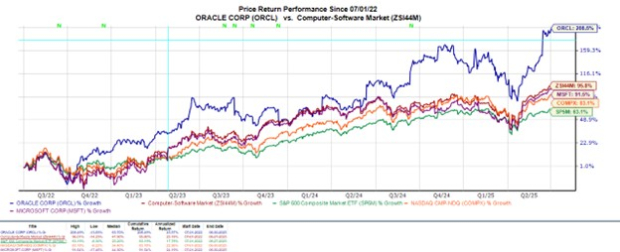DeepSeek’s Arrival: What it Means for Nvidia and the AI Market
Alex Karp, a PhD, technologist, and philosopher, serves as the CEO of Palantir Technologies, an artificial intelligence (AI) software company. His ability to simplify complex ideas makes his insights noteworthy. In a recent interview, Karp shared his thoughts on the emerging AI start-up, DeepSeek, which has emerged as a significant player in the tech world.
Since DeepSeek’s debut weeks ago, many tech stocks have sharply declined, particularly in the semiconductor sector. Below, we explore Karp’s opinions and their implications, especially for Nvidia (NASDAQ: NVDA).
Start Your Mornings Smarter! Sign up for Breakfast news to get the latest updates every market day. Sign Up For Free »
Karp’s Perspective on DeepSeek
When OpenAI launched ChatGPT in late 2022, there was a widespread belief that large language models (LLMs) would revolutionize business interactions. However, Karp has consistently challenged this notion.
In a recent interview, he emphasized that while LLMs can be valuable, they are now commoditized. Reflecting on DeepSeek’s advancements, he stated, “it’s much easier than people want to believe to be the second mover.” This indicates that DeepSeek benefited from training its AI on established platforms used by competitors over the past two years.

Image source: Getty Images
Implications for Nvidia
A central aspect of DeepSeek’s narrative is its claim of developing its AI model at a significantly lower cost than ChatGPT and other U.S. LLMs. While there are skeptics questioning the validity of such assertions, many in the investment community are reacting strongly—selling Nvidia stock en masse.
This sell-off is primarily fueled by concerns that if DeepSeek’s claims hold, it could diminish the demand for Nvidia’s graphics processing units (GPUs). Despite DeepSeek’s rise, Karp believes that the U.S. should increase its investments in AI, urging that they “run harder, run faster.”
Prominent tech companies like Meta Platforms and Microsoft have echoed the importance of capex (capital expenditure) in their recent earnings calls, focusing on AI. The demand for Nvidia’s hardware from these giants suggests that the company may benefit from increased investment in AI infrastructure.
Seeing DeepSeek simply as another LLM, as Karp predicted, might downplay its impact. So long as new LLMs continue to be developed and existing platforms maintain their training efforts, demand for Nvidia’s processors is likely to remain strong.
Currently, the ongoing decline in Nvidia’s stock appears to be driven more by fear than rational evaluation. For long-term investors, this drop offers a rare chance to capitalize on a stock that has steadily increased over the past two years. While short-term volatility may linger, Nvidia’s prospects should strengthen alongside increased AI investments.
Is Now the Right Time to Invest $1,000 in Nvidia?
Before deciding to invest in Nvidia, consider this:
The Motley Fool Stock Advisor analyst team recently identified their picks for the 10 best stocks to invest in now—and Nvidia was not among them. The chosen stocks are expected to produce significant returns in the upcoming years.
Reflect on Nvidia’s selection on April 15, 2005… a $1,000 investment at that time would now be worth $795,728!*
Stock Advisor offers an accessible guide for investors, providing portfolio-building advice, regular updates, and two new stock picks every month. This service has outperformed the S&P 500 by more than four times since 2002*.
Learn more »
*Stock Advisor returns as of February 7, 2025
Randi Zuckerberg, a former director of market development at Facebook and sister of Meta Platforms CEO, Mark Zuckerberg, is on The Motley Fool’s board of directors. Adam Spatacco holds positions in Meta Platforms, Microsoft, Nvidia, and Palantir Technologies. The Motley Fool has investments in and recommends Meta Platforms, Microsoft, Nvidia, and Palantir Technologies. The Motley Fool is involved in various options, including long January 2026 $395 calls on Microsoft.
The views and opinions expressed herein are those of the author and do not necessarily reflect those of Nasdaq, Inc.







